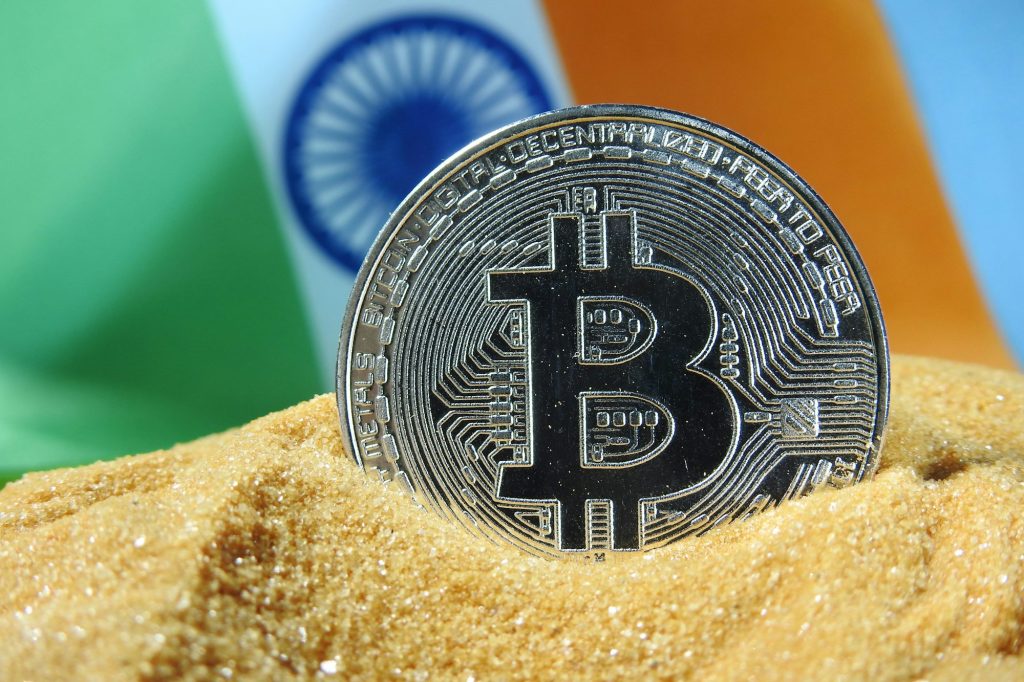Exploring the Future of Digital Finance: How Cryptocurrencies Are Transforming the Global Economy
This article delves into the future of cryptocurrencies, examining how they are reshaping the global financial landscape, from decentralized finance (DeFi) to new technological advancements that promise to revolutionize global payments.

Cryptocurrencies have taken the financial world by storm, offering a decentralized alternative to traditional banking systems. What started as a niche concept has now evolved into a global movement that is transforming the way we think about money, transactions, and financial freedom. This article explores the future of digital finance, focusing on the impact of cryptocurrencies on the global economy and how they are driving innovation across industries.
The Rise of Decentralized Finance (DeFi)
One of the most significant developments in the world of cryptocurrencies is the emergence of decentralized finance (DeFi). DeFi refers to a collection of financial services, including lending, borrowing, trading, and savings, that operate without intermediaries like banks or traditional financial institutions. Instead, these services are powered by blockchain technology, enabling peer-to-peer transactions that are transparent, secure, and often more efficient.
Ethereum, the second-largest cryptocurrency by market capitalization, has played a pivotal role in the DeFi revolution. Its smart contract functionality has allowed developers to create decentralized applications (dApps) that facilitate everything from lending platforms to decentralized exchanges (DEXs). By using Ethereum’s blockchain, these platforms can operate without relying on centralized authorities, which not only reduces costs but also enhances privacy and security.
DeFi has the potential to democratize access to financial services, allowing individuals in underbanked or underserved regions to participate in global financial markets. Traditional banks often exclude people due to high fees, minimum balance requirements, or geographical barriers. In contrast, DeFi platforms are open to anyone with an internet connection, providing an unprecedented level of inclusivity.
The Role of Stablecoins in the Future of Finance
While cryptocurrencies like Bitcoin and Ethereum are often praised for their potential as an investment vehicle or store of value, they have been criticized for their volatility. The price swings of these digital currencies can make them unsuitable for everyday transactions. Enter stablecoins—cryptocurrencies designed to maintain a stable value by pegging them to traditional assets like fiat currencies or commodities.
Stablecoins have quickly gained popularity in the crypto ecosystem, with projects like Tether (USDT), USD Coin (USDC), and Dai (DAI) leading the way. These digital assets provide a way for users to enjoy the benefits of cryptocurrencies—such as fast and low-cost transactions—without the fear of significant price fluctuations. For instance, Tether is pegged to the US dollar, meaning that one USDT is always worth roughly one USD.
Stablecoins play a crucial role in facilitating the growth of DeFi applications by providing a stable medium of exchange within decentralized ecosystems. They also serve as a bridge between traditional financial systems and the world of digital currencies. Central banks are even exploring the idea of central bank digital currencies (CBDCs), which are essentially government-backed stablecoins. The rise of stablecoins signals a shift toward more reliable and mainstream uses for cryptocurrencies, which could bring digital finance into the daily lives of billions of people.
Blockchain Technology and the Future of Payments
Beyond cryptocurrencies themselves, blockchain technology is set to revolutionize the way payments are made across the globe. Traditional payment systems, such as credit card networks or bank transfers, are often slow and involve multiple intermediaries, leading to high fees and delays. In contrast, blockchain networks are decentralized and can process transactions in near real-time, reducing both costs and time delays.
Ripple (XRP) is one of the most well-known cryptocurrencies focused on improving cross-border payments. Unlike Bitcoin, which is primarily viewed as a store of value, Ripple’s XRP is designed to facilitate quick and inexpensive transactions between banks and financial institutions. By using XRP as a bridge currency, Ripple enables near-instantaneous transfers across borders, reducing the need for expensive intermediary banks and making the global payment system more efficient.
Blockchain technology is also driving innovation in micropayments, or small-scale transactions that would typically be uneconomical using traditional payment methods. Cryptocurrencies, with their low transaction fees and fast confirmation times, offer a viable solution for micropayments, making it easier for content creators, game developers, and others to monetize their work through small, frequent payments. This could reshape industries ranging from media to gaming, creating new business models built on decentralized payment systems.
The Future of Blockchain Interoperability
As the cryptocurrency market grows, the need for interoperability between different blockchain networks is becoming increasingly important. Currently, most blockchain networks operate in isolation, which limits the ability to transfer assets or data across different ecosystems. However, several projects are focused on solving this issue by creating solutions that allow different blockchains to communicate with each other.
Polkadot (DOT) is one such project that aims to enable interoperability by connecting various blockchains into a single network. By allowing blockchains to transfer messages and value across chains, Polkadot can create a more unified and efficient decentralized web. This is a crucial step toward scaling blockchain technology and enabling the widespread adoption of cryptocurrencies, as it will allow users to interact with a broader range of platforms and applications.
In a similar vein, Cosmos (ATOM) is another blockchain project that aims to enable the seamless exchange of data and value across different blockchains. By fostering collaboration between networks, these projects are working to ensure that the future of blockchain technology is not fragmented but rather a cohesive ecosystem that can support a wide range of applications and use cases.
The Growing Role of NFTs and Tokenization
Another area of digital finance that has exploded in recent years is the world of non-fungible tokens (NFTs). NFTs are unique digital assets that represent ownership or proof of authenticity of a specific item, whether it’s artwork, music, real estate, or even a tweet. These tokens are bought and sold on blockchain networks, and their ownership is recorded on the blockchain, ensuring transparency and security.
While NFTs initially gained fame in the art world, their potential extends far beyond collectibles. Tokenization is the process of turning physical or digital assets into tradable tokens on a blockchain, and it could revolutionize industries like real estate, entertainment, and even supply chain management. For example, tokenizing real estate allows for fractional ownership, making it easier for individuals to invest in properties without needing large amounts of capital. Similarly, tokenizing intellectual property could allow creators to retain greater control over their work and receive direct compensation through blockchain-based systems.
The Challenges and Risks of Cryptocurrencies
While the future of cryptocurrencies is undoubtedly exciting, there are several challenges and risks that must be addressed before they can achieve widespread adoption. One of the primary concerns is regulation. Governments and financial authorities around the world are grappling with how to regulate cryptocurrencies, with some countries embracing them and others banning them outright. Clear regulatory frameworks will be essential to ensure the safety and legitimacy of cryptocurrency markets.
Security is another major concern. While blockchain technology is inherently secure, the rise of hacking incidents, phishing attacks, and fraud in the cryptocurrency space has highlighted the need for greater protections. As more people become involved in the world of digital finance, ensuring the security of wallets, exchanges, and transactions will be crucial.
Finally, the environmental impact of cryptocurrencies, particularly proof-of-work networks like Bitcoin, has drawn criticism due to their energy-intensive nature. However, many blockchain projects, including Ethereum with its move to a proof-of-stake system, are working to reduce their environmental footprint and make cryptocurrency mining more sustainable.
Conclusion: The Road Ahead for Digital Finance
Cryptocurrencies are reshaping the financial landscape in ways that were once unimaginable. From DeFi and stablecoins to blockchain-based payment systems and the growing influence of NFTs, digital finance is opening up new possibilities for businesses and individuals alike. While challenges remain, the rapid pace of innovation and adoption suggests that the future of cryptocurrencies is bright.
As more people embrace decentralized finance, blockchain interoperability, and tokenization, cryptocurrencies are likely to become an integral part of the global economy. The financial system of tomorrow will likely be one that is more inclusive, efficient, and secure, with digital currencies at its core.
The road ahead is not without obstacles, but with ongoing advancements in technology and regulation, the world of digital finance is poised for continued growth. Whether you’re a cryptocurrency enthusiast or a traditional investor, it’s clear that digital finance is here to stay, and its impact on the global economy will only increase in the years to come.




